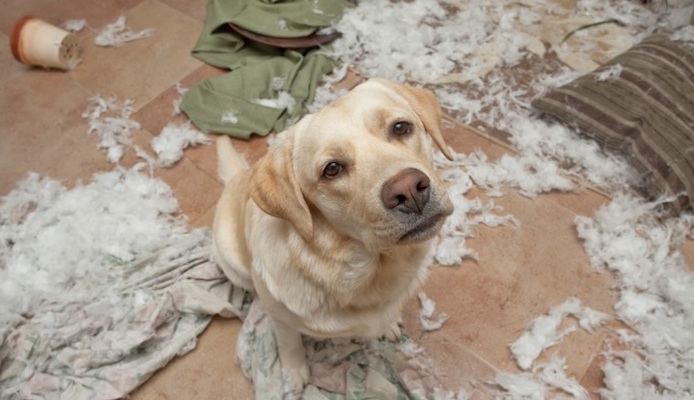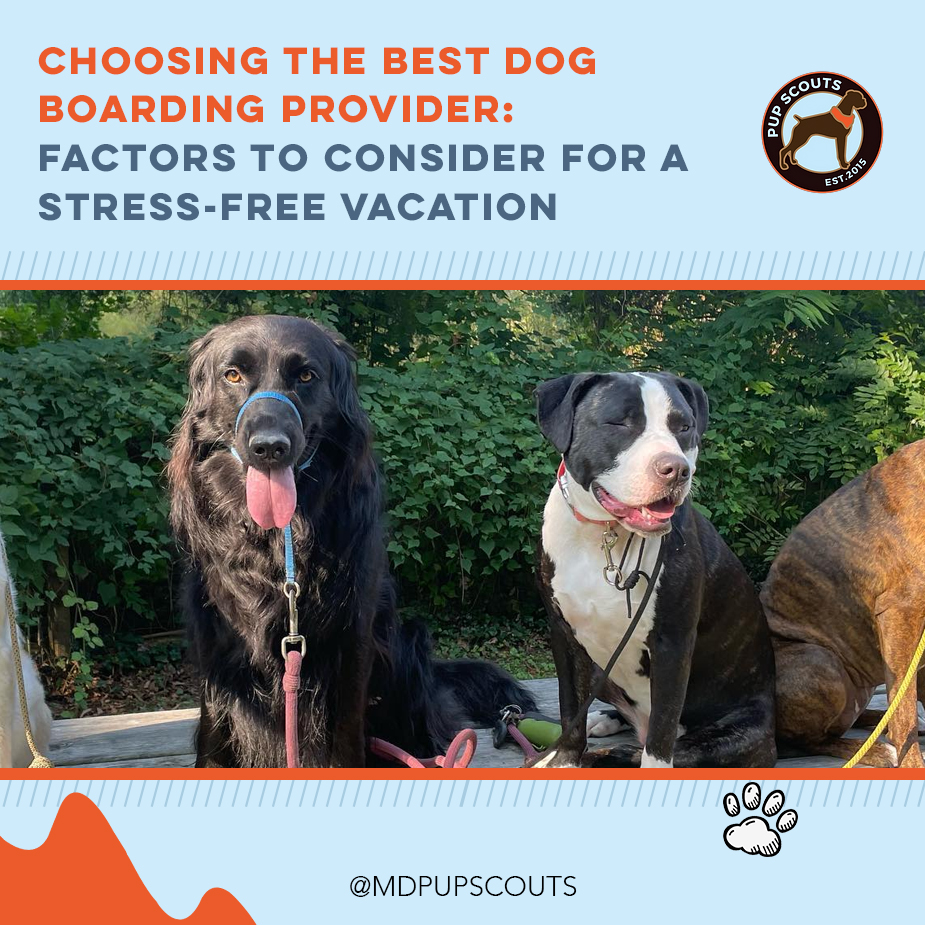
One of the unexpected upsides of the recent pandemic was all of the happy dogs. Rescues and shelters suddenly had people on waiting lists to adopt, and owners who were usually out of the house most of the day were suddenly home 24/7. However, as life has slowly returned to a new normal, some of our dogs have found the lack of our presence alarming. This has lead to a swath of dogs being diagnosed with Separation Anxiety. Separation anxiety in dogs describes a condition in which a dog exhibits distress and behavior problems when separated from its handler. Separation anxiety typically manifests itself within minutes of departure of the handler. Thanks to the internet, there are hundreds of websites vying for your clicks by offering to “Cure your dogs’ separation anxiety with a few simple tricks!”. Unfortunately this has meant a lot of misinformation, and I wanted to review some of the common misconceptions that we see.
Separation Anxiety is caused by your dog sleeping in your bed.

I can’t tell you the number of times I’ve heard trainers advise owners not to allow their dogs to sleep with them, for fear the dog would become so bonded that being left alone would become unbearable. However there is good news for those of us who like our furry bed-warmers, according to multiple studies, it turns out that it is actually a healthy activity for your dog.
A second dog will fix it!
If only this one was always true! A second dog can sometimes help if the anxiety is linked to “isolation distress” which is a type of separation anxiety that is alleviated by the presence of *any* other living being. However, most cases of separation anxiety are caused by the absence of a particular person, and therefore won’t be helped by the introduction of another dog. In fact, it is far more likely that you will end up with two dogs with separation issues.
It’s just a phase.
Regardless of species, panic disorders are not something that is usually “grown out of”. While a dog may grow slightly calmer as they leave puberty behind them, the behaviors learned in puppyhood will become part of their daily repertoire. When left unaddressed, anxiety behaviors will solidify and become the way that the dog self-soothes. This means that a dog that has learned to bark excessively when you leave the house will begin to do so simply because it’s the routine that he has developed. The earlier that you can assess and begin to manage the anxiety, the faster the undesirable behaviors become extinct.
Crate training will cure/cause it.

This one is a partial myth because there are so many variables at play. When crate trained properly, the crate becomes a den and safe-space for the dog. In fact, most dogs that are effectively crate trained will choose to spend time there over other areas in the house; particularly if the crate gives the dog a feeling of being safely enclosed. However, if the dog is crated alone for even a few minutes when they haven’t been properly exposed, they are likely to develop a phobia of the crate. Crate training is fantastic for you and your dog because it creates a safe space for them to enthusiastically visit. At MD Pup Scouts we can help show you the ropes of crate training, click the link below for details!
If your dog destroys things when you aren’t home, he must have separation anxiety. While it’s true that destructiveness is the number one symptom of separation anxiety, many dogs are destructive for other reasons, including boredom, under-stimulation, or not being completely trained. In true separation anxiety cases, destruction is typically focused on the owner’s things, since the scent is comforting to the dog, or around doors and windows where the owner has left or can be seen leaving. Destruction of other items is possible, but again, destructiveness itself is not necessarily a sign of a separation issue. As with people, we have to look at the whole organism.
While Separation Anxiety can be stressful and leave you feeling at your wits end, there is help to be had! A veterinary behaviorist can help show you and your dog how to calm down when you go to work, and explore medication where appropriate.
Keep following for more info here at Md Pup Scouts, and tell your dog I said Hi!




